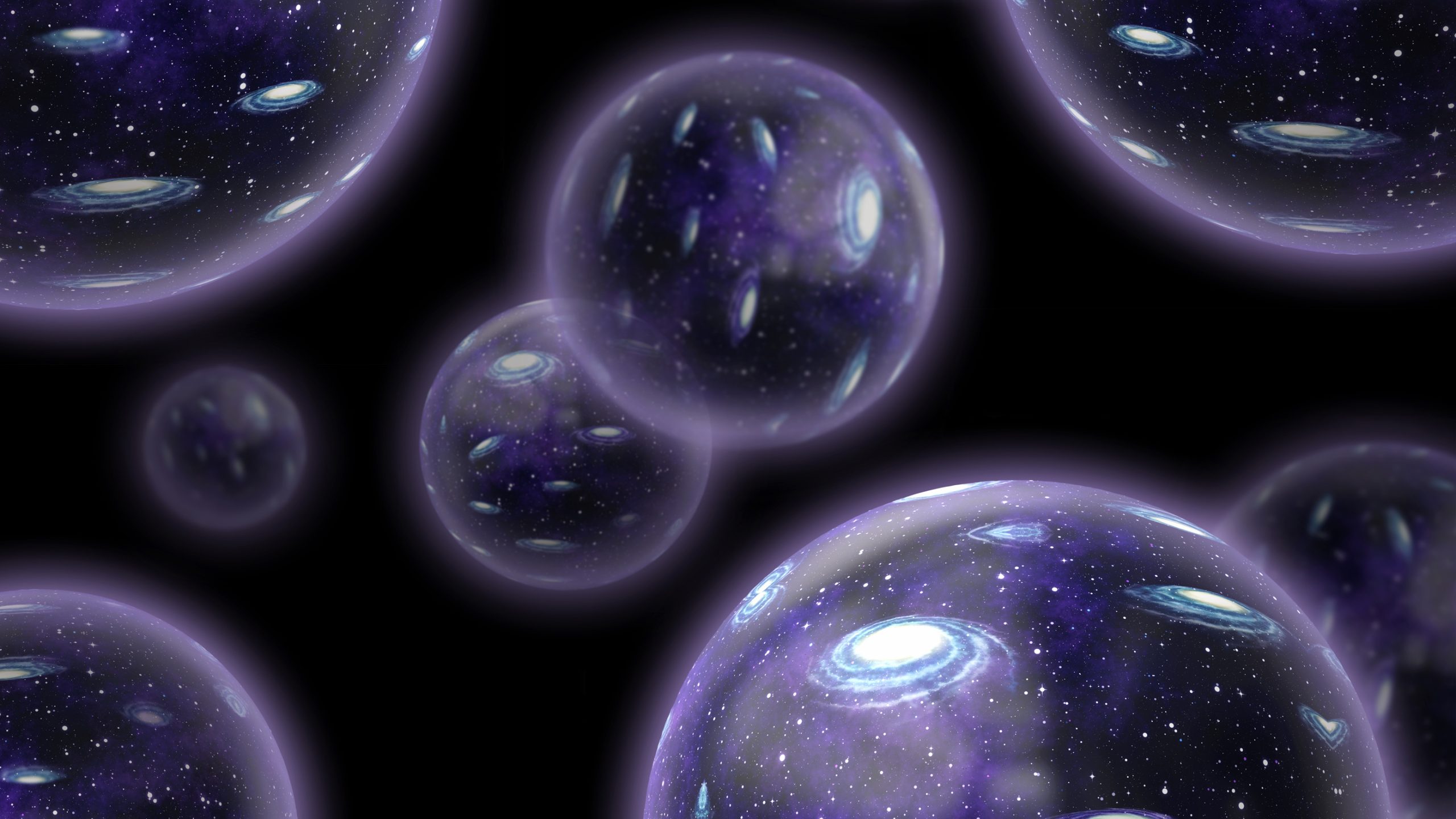

**Feeling Down? Check Out These Uplifting Options: The Universe’s Finale**
If you’re finding it hard to get some shut-eye, why not explore the ultimate question about existence: What will be the fate of the Universe? While it might not rank as the most cheerful pre-sleep narrative, pondering the destiny of the cosmos can be surprisingly captivating. From the gradual decline of thermal energy to the spectacular rupture of spacetime, here are five scientifically-supported (and somewhat chilling) theories regarding the conclusion of “everything that exists.”
—
### 1. **The Heat Death: A Gradual Dissolution into Oblivion**
The “heat death” stands as the most commonly acknowledged hypothesis concerning the Universe’s conclusion, grounded in our existing grasp of physics. It’s the go-to outcome if the cosmos keeps on expanding as it has for billions of years.
In the late 1990s, astronomers unveiled that the Universe’s growth is speeding up, propelled by a mysterious force known as **dark energy**. While the full nature of dark energy eludes us, we do understand its implications: galaxies are drifting farther apart, with some already beyond our ability to observe. Anything over 13 billion light-years away is retreating at a speed greater than light, rendering it eternally unreachable.
As time progresses, galaxies will separate, stars will extinguish, and even black holes will dissipate due to Hawking radiation. In roughly 10^100 years, the Universe will transform into a frigid, dark void filled with subatomic particles, all at uniform temperature. This condition, dubbed **maximum entropy**, signifies the absence of energy differences necessary for life or movement. It’s less about the Universe dying and more about the cessation of heat itself.
—
### 2. **The Big Rip: A Cosmic Disintegration**
If dark energy fluctuates over time rather than remaining constant, we could face a far more catastrophic conclusion: the **Big Rip**. This scenario includes “phantom dark energy,” a theoretical kind of dark energy that intensifies over time.
In the Big Rip, the Universe’s expansion accelerates to a degree where even gravitationally bound systems like galaxies, solar systems, and planets come apart at the seams. Ultimately, even atoms and subatomic particles would be torn apart. Spacetime itself would come undone, leaving behind an absurd void where distances and dimensions no longer have meaning.
The timeframe for the Big Rip is contingent on how quickly dark energy intensifies. In extreme scenarios, it could occur in just a few billion years—alarmingly soon on a cosmic scale.
—
### 3. **The Big Crunch: A Reversal of Growth**
The **Big Crunch** presents the exact opposite of the Big Rip. Instead of an accelerating expansion, this theory imagines the Universe’s growth decelerating, halting, and subsequently reversing. Gravity would draw everything back together, resulting in a catastrophic collapse.
In this situation, galaxies would collide, temperatures would soar, and matter would compact into a dense, heated state. Eventually, the Universe might collapse into a singularity—a point of infinite density, reminiscent of the state before the Big Bang.
Although current observations indicate that the Universe is expanding too rapidly for a Big Crunch to be probable, it remains possible for dark energy to evolve or diminish, altering the cosmic path. If that occurs, the Universe might conclude in a fiery implosion rather than a chilly fade.
—
### 4. **The Phase Transition: A Quantum Reset**
Here’s a rather unsettling scenario: the Universe could conclude with a sudden **quantum phase transition**. This idea rests on the premise that the current state of the quantum vacuum—the “vacuum” that forms the basis of reality—is not the most stable arrangement.
If a random quantum fluctuation instigated a shift to a lower-energy state, it would create a bubble of “true vacuum” expanding at light speed. This bubble would annihilate everything in its vicinity, replacing the laws of physics, particles, and forces with completely new ones. The kicker? We wouldn’t see it coming. One moment, everything would be ordinary; the next, the Universe as we know it would vanish.
—
### 5. **Conformal Cyclic Cosmology: The Celebration Never Ends**
For those who perceive the other hypotheses as too disheartening, Nobel laureate Roger Penrose presents a more hopeful (if speculative) option: **conformal cyclic cosmology (CCC)**. In this framework, the Universe doesn’t conclude—it merely transitions into a new one.
As the Universe expands and cools, all particles would eventually convert into photons, leaving behind a featureless, uniform spacetime. At this juncture, the Universe’s end state becomes indistinguishable from the conditions of the Big Bang, allowing for a new universe to rise. According to CCC, our universe is merely one in an endless series of universes, each birthed from the remnants of the last.
While CCC is an intriguing concept, it encounters significant obstacles. For instance, it presupposes that all particles can decay.